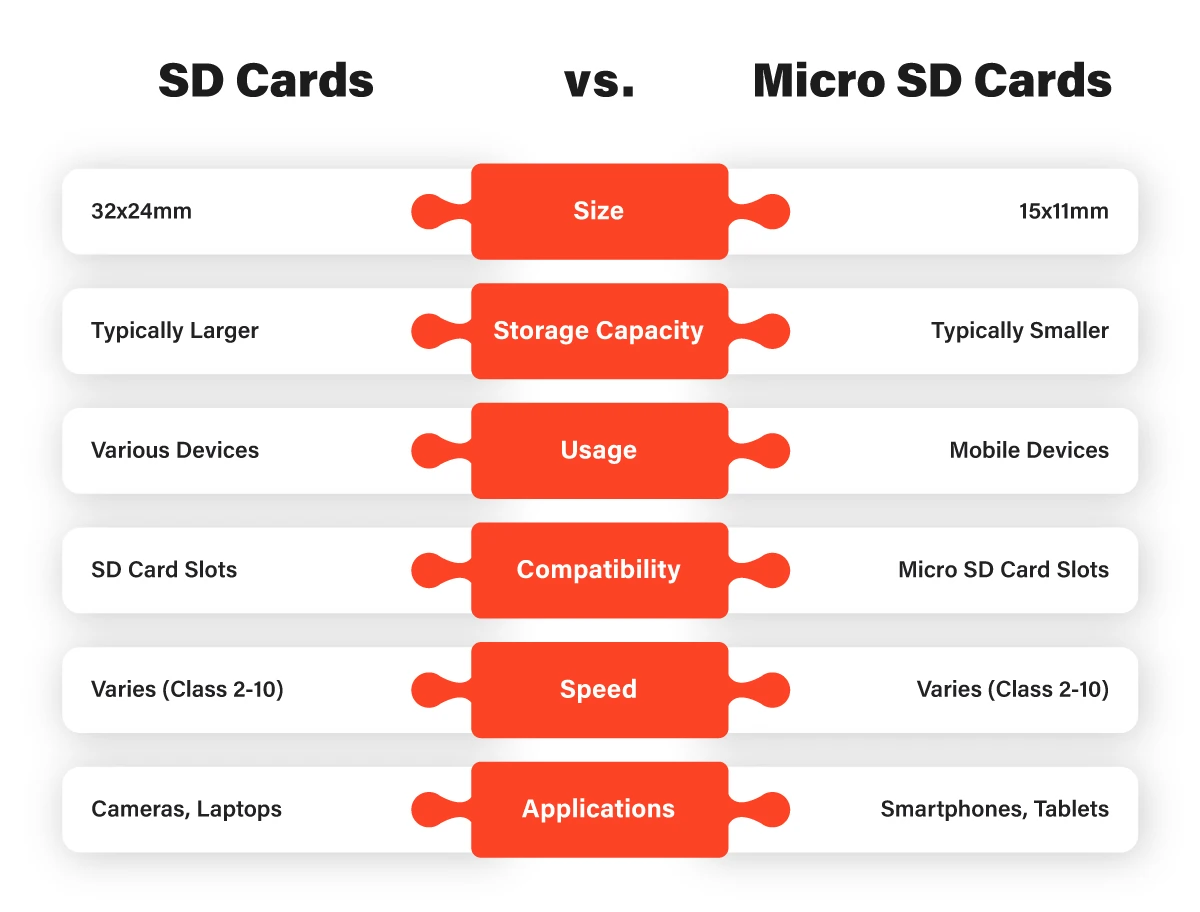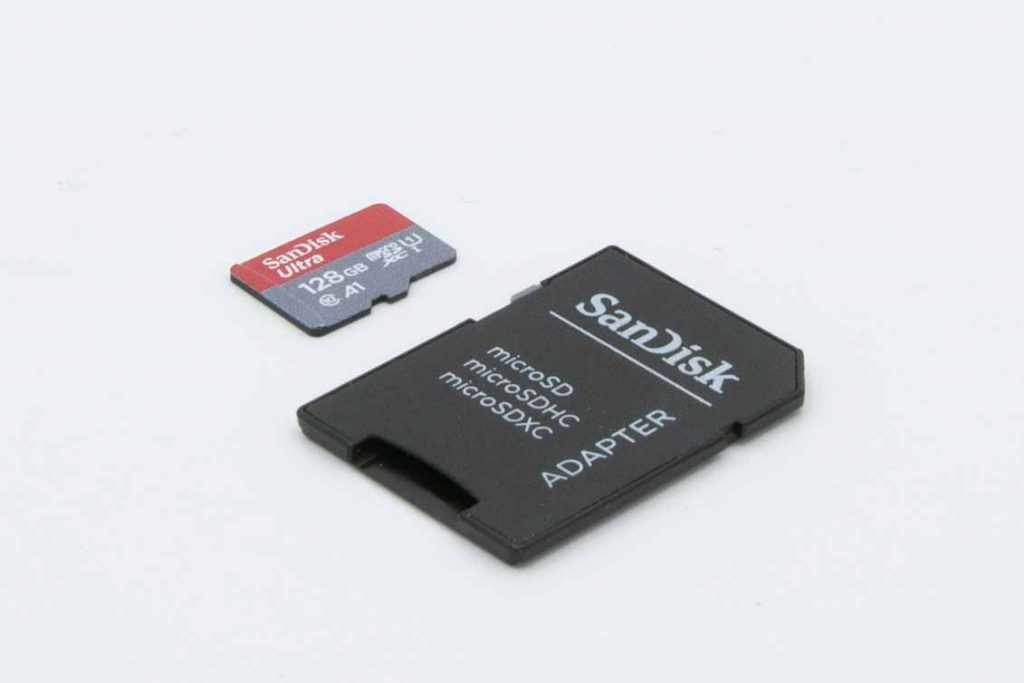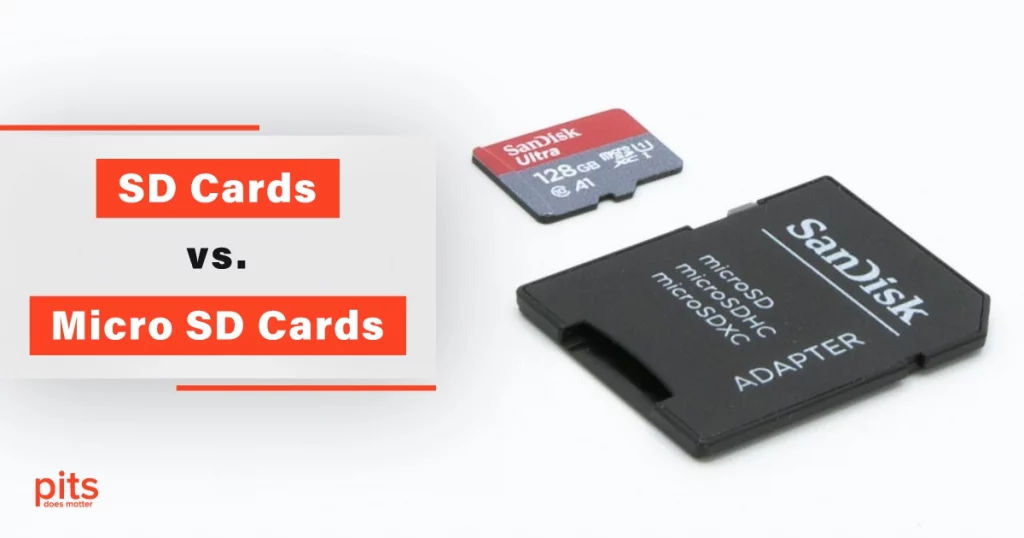In the current era of technology, where data storage is a necessity for various devices, the choice between different types of memory cards can be a pivotal decision. SD cards and micro-SD cards are two commonly used options that offer convenient solutions for expanding storage in digital cameras, video game consoles, and more. In this article, we will dive into the world of SD and micro-SD cards, exploring what they are, their benefits, and the differences between them.

What is an SD Card?
SD, which stands for Secure Digital, is a type of memory card that has been a staple in the tech world for many years. These cards come in various storage sizes, ranging from a few gigabytes to several terabytes, making them suitable for a wide range of devices, from digital cameras to gaming consoles.
Benefits of SD Cards
- Versatile Compatibility
One of the significant advantages of SD cards is their compatibility with a wide array of devices. Most digital cameras, camcorders, and card readers have standard SD card slots, making it easy to transfer data between devices.

- Protection Switch
SD cards often include a write protection switch, which can be toggled to prevent accidental data deletion or overwriting. This feature is particularly valuable when working with important files.
- Reliable Transfer of Data
SD cards provide reliable and fast data transfer, making them suitable for storing high-resolution photos, videos, and other multimedia content. They are also known for their durability, as they can withstand various environmental conditions.
What is a Micro SD Card?
Micro SD, short for micro–Secure Digital, is a smaller and more compact version of the standard SD card. Despite their diminutive size, micro-SD cards are powerful storage solutions that pack a punch in terms of capacity and performance.
Benefits of Micro SD Cards
- Size Matters
The most obvious advantage of micro-SD cards is their size. They are tiny, which makes them ideal for smaller devices like smartphones and tablets, where space is at a premium.
- Versatility through Adapters
Micro SD cards can be used in devices that accept regular SD cards with the help of an SD adapter. This adaptability enhances their versatility, allowing you to use the same card in different devices.
- Expansive Storage Options
Despite their small size, micro-SD cards come in various storage sizes, often matching or even surpassing the capacities of standard SD cards. This makes them suitable for a wide range of applications, from storing apps and music on a smartphone to recording 4K videos on a camera.

Micro SD vs. SD Card: The Showdown
Now that we have explored the individual strengths of SD and micro SD cards let’s delve into the key differences between the two.
Size and Compatibility
As mentioned earlier, the most noticeable difference is the physical size. SD cards are larger, while micro-SD cards are significantly smaller. While most devices designed for SD cards have an SD card slot, micro-SD cards can be used in these devices with the help of an adapter.
Storage Sizes
Both SD and micro-SD cards offer a wide range of storage sizes. However, micro-SD cards can sometimes offer higher capacities in relation to their size. This makes micro-SD cards a preferred choice for devices with limited space, like smartphones and action cameras.
Usage Scenarios
The choice between micro-SD and SD cards often depends on the intended usage. Using SD cards are more common in larger devices such as digital cameras, video game consoles, and laptops due to their standard size and ease of handling. On the other hand, micro-SD cards are preferred for smartphones, tablets, and action cameras where space is a concern.
Portability
Micro SD cards have a clear edge in terms of portability. Their small size allows you to carry multiple cards without taking up much space, making them perfect for travelers, adventurers, and anyone who needs to store data on the go.
Write Protection
While both SD and micro-SD cards often feature a write protection switch, it’s worth noting that some micro-SD cards may lack this feature due to their smaller form factor. If write protection is essential for your data, you may want to opt for a standard SD card.
Compatibility with Older Devices
Older devices may not support micro-SD cards, as they were primarily designed for standard SD cards. If you have older equipment, it’s essential to check its compatibility before choosing between micro-SD and SD cards.
Cost Considerations
In terms of pricing, micro-SD and SD cards with similar storage capacities typically have similar price points. However, micro-SD cards might be perceived as slightly more expensive due to their smaller size and potential need for adapters.
In the realm of memory cards, both SD and micro-SD cards offer valuable solutions for expanding storage in various devices. The choice between them depends on your specific needs and the devices you use. SD cards are excellent for larger devices, offering versatility and reliable performance. On the other hand, micro-SD cards shine when it comes to portability and space-saving advantages, making them perfect for compact gadgets like smartphones and action cameras.
Before making your decision, consider the compatibility of your devices, the available storage sizes, and your preferred usage scenarios. Whether you opt for the standard SD card or the compact micro-SD card, both are essential tools for modern digital life, ensuring you have the storage space you need for your photos, videos, and other digital content.
Frequently Asked Questions
What is the main difference between SD cards and micro SD cards?
SD cards are larger in size and typically used in devices like digital cameras and laptops, whereas micro SD cards are smaller and commonly used in smartphones and action cameras.
Can I use a micro SD card in a device that accepts SD cards?
Yes, you can use a micro SD card in a device that accepts SD cards with the help of an SD card adapter. The adapter allows the smaller micro SD card to fit into the larger SD card slot.
Which type of card is better for a smartphone or tablet?
Micro SD cards are better suited for smartphones and tablets due to their compact size and ability to provide ample storage in smaller devices.
Are there any performance differences between SD and micro SD cards?
Both SD and micro SD cards offer similar performance in terms of data transfer speed and reliability, provided they have the same specifications. Performance differences are more dependent on the card’s class and capacity.
Do micro SD cards cost more than regular SD cards?
Micro SD cards typically have a similar price range to regular SD cards with similar storage capacities. However, micro SD cards might seem slightly more expensive due to their smaller size and the potential need for an adapter.
"*" indicates required fields
